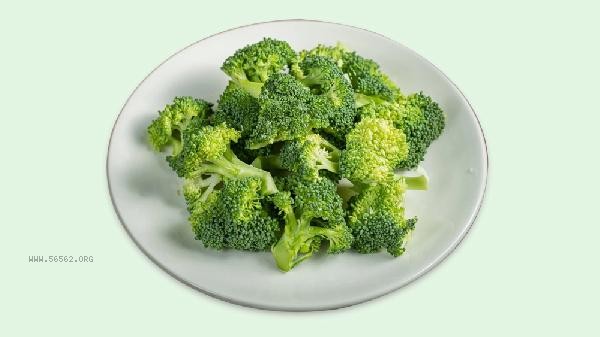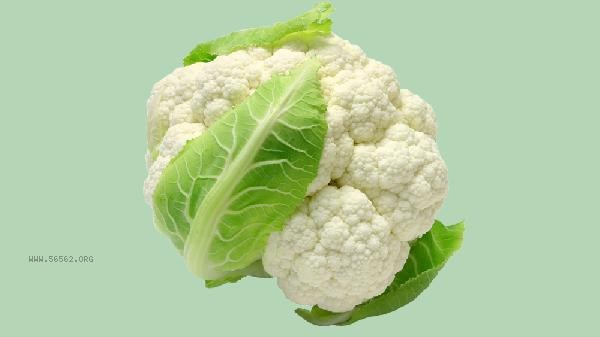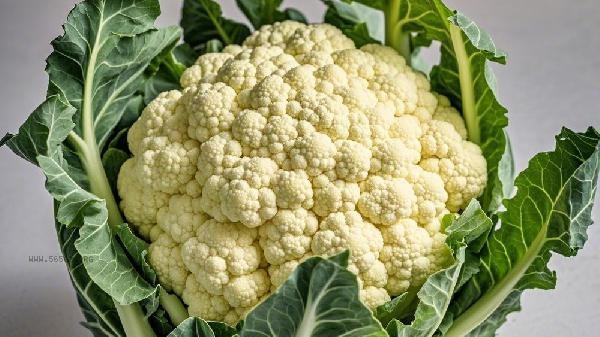It is recommended to seal the cut cauliflower with plastic wrap and store it refrigerated, or blanch it and freeze it for storage. The main preservation methods include keeping dry, isolating from air, low-temperature treatment, packaging and storage, and avoiding squeezing.

1. Keep dry
The cut surface of cauliflower is prone to moisture and deterioration after exposure, and kitchen paper is needed to absorb the surface moisture. A humid environment can accelerate the growth of mold, causing cauliflower to develop brown spots or become soft and rotten. When processing, you can first invert the cauliflower and drain it, then wrap it with clean gauze to absorb residual water stains, ensuring that there are no water droplets left at the incision site.
2. Isolate from air
Wrap the cut surface tightly with food grade cling film or place it in a sealed fresh-keeping box. Vitamin C in cauliflower is prone to oxidation and loss when exposed to oxygen, and sealed storage can delay nutrient loss. If using a fresh-keeping bag, the air inside the bag should be expelled to avoid condensation of water vapor causing decay. Vacuum packaging can extend the shelf life to 5-7 days.
3. Low temperature treatment
Uncooked cauliflower should be placed in the refrigerator compartment at 4 ℃ to maintain freshness for 3-5 days. If long-term storage is required, blanched cauliflower can be drained and frozen flat. It can be stored for 2 months at -18 ℃. It is recommended to pack according to a single dose before freezing to avoid repeated thawing and affecting the taste.

4. Packaging and Storage
Cut large cauliflower pieces and package them separately in 150-200 gram portions. Packaging reduces the overall exposure risk during each use, while preventing mechanical damage caused by stacking and compression. It is recommended to place it on the top drawer of the refrigerator during refrigeration, away from meat and seafood to avoid cross contamination.
5. Avoid squeezing
cauliflower. The tissue structure is loose and easily damaged, and space should be left when storing. The compressed area will quickly turn brown and black, and a hard container can be used instead of a plastic bag to support it. During transportation, cardboard compartments can be used for protection, and heavy items should not be covered when stored at home.

Regularly check the condition of cauliflower during storage, and discard immediately if there is any mucus, odor, or mold. Refrigerated cauliflower is recommended to be used first for high-temperature cooking such as stewing, while frozen cauliflower is suitable for making stews or soups. Fresh cauliflower can have a daily vitamin C content of up to 46 milligrams per 100 grams, and proper storage can maximize the retention of nutrients. Soak in light salt water for 10 minutes before consumption to help remove pesticide residues, but do not soak for too long to prevent the loss of water-soluble nutrients. When storing mixed vegetables such as carrots and broccoli, attention should be paid to the differences in shelf life between different vegetables.








Comments (0)
Leave a Comment
No comments yet
Be the first to share your thoughts!